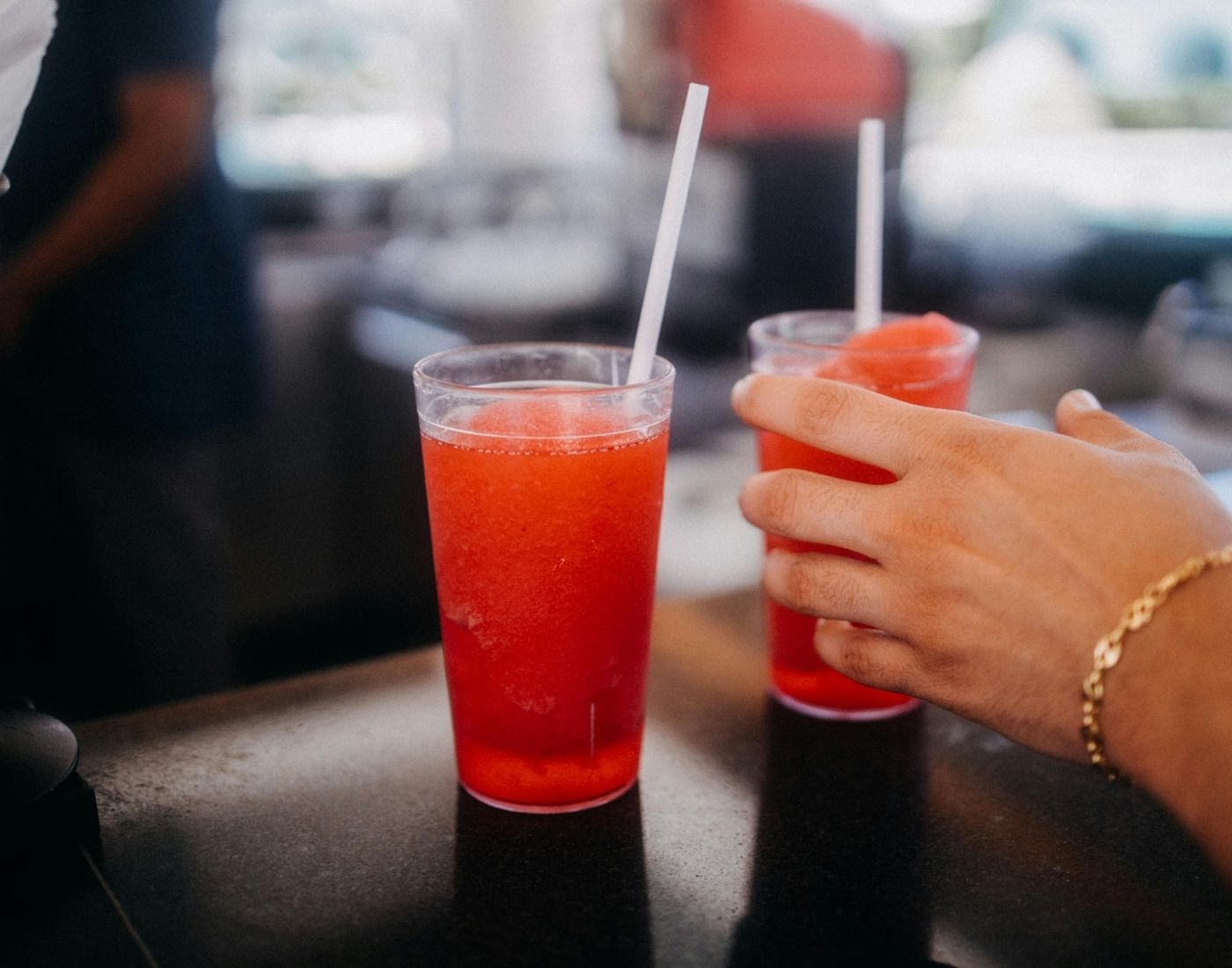Check the ingredients list of slush ice products and concentrate for the items below. If they're included, the product is not suitable for children under 7 years old.
- Glycerine
- Glycerol
- Additive number E422
The advice on this page applies to ready made slush drinks as well as kits bought to make them at home.

